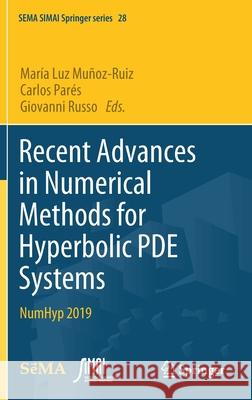Recent Advances in Numerical Methods for Hyperbolic Pde Systems: Numhyp 2019 » książka
topmenu
Recent Advances in Numerical Methods for Hyperbolic Pde Systems: Numhyp 2019
ISBN-13: 9783030728496 / Angielski / Twarda / 2021 / 269 str.
Kategorie:
Kategorie BISAC:
Wydawca:
Springer
Seria wydawnicza:
Język:
Angielski
ISBN-13:
9783030728496
Rok wydania:
2021
Wydanie:
2021
Numer serii:
000470516
Ilość stron:
269
Waga:
0.56 kg
Wymiary:
23.39 x 15.6 x 1.75
Oprawa:
Twarda
Wolumenów:
01
Dodatkowe informacje:
Wydanie ilustrowane











